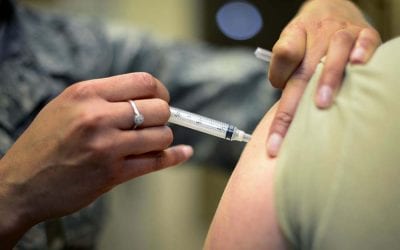A friend of mine on a business trip returned his rental car with a tiny dent on a fender. The rental car company sent him a $100 repair bill. That sounded reasonable, but then there was the three day “loss of use” charge for $750. He hadn’t taken the expensive collision damage waiver at $9 per day, but fortunately had primary auto rental insurance through a credit card company which covered the entire bill.
In 1988, legislation was proposed in New York, which many hoped would become a national trend. It would have made rental companies responsible for the full cost of collision repairs. The aggregate costs would have then been passed on to consumers via higher basic rental rates. Joseph Russo, then spokesman for the Hertz Corporation said,
We’re all in favor of anything that moves in the direction of eliminating the collision damage waiver. There’s too much deception, coercion and intimidation in the car-rental business in the sale of the collision waiver.
Needless to say the collision damage waiver is still around, as is customer coercion by some rental car companies to purchase it. I ran into that in Hawaii last year. Moreover, for customers who don’t sign up for it, they are at risk for being charged for any damage to their rental car, regardless of how minor it is. In today’s economic climate, rental car companies are under increased pressure to maintain the value of their fleets.
There are steps each of us can take to minimize our risk, and our cost of rental insurance.
Essentially, there are three choices for rental car insurance: your own auto policy, rental car company coverage, or third-party insurance. You also might want to use a combination of your own insurance and rental car company coverage. (Note this is only for U.S. citizens renting in the U.S. or Canada, and not Mexico. I personally don’t know of any U.S. auto insurance company which covers driving in Mexico.)
Renters can use their own auto insurance, but many policies exclude coverage for some potential charges such as “loss of use” which can be hefty. Considering the balance sheet pressure the rental car companies are under, I believe it’s financially prudent to at least supplement one’s own auto policy to cover its excluded charges.
I just reserved a rental car with Hertz for 10 days. Their charges for insurance, should I accept them, are: $12.95 per day for liability insurance, $9.00 per day for the loss damage waiver (collision and comprehensive) and $5.95 per day for personal accident insurance. That’s $27.90 per day, or $279 total, more than 20 percent of the total cost of the rental including taxes and fees. If you have your own auto insurance, the only coverage I would consider is the loss damage waiver, which would cover your policy’s excluded coverage.
I think a better deal can be obtained through some credit card insurance plans. For example, I carry American Express’ Premium Car Rental Protection. Each time I charge a car rental through my AMEX card, I pay them $24.95 total, for up to $100,000 in coverage for damage, theft, or loss for as long as 42 days in most states. That’s less than one day of Hertz’s fee, and lasts for the entire rental, and I’m covered for “loss of use.”
I highly recommend following some specific check-in and check-out procedures to help prevent unjust claims by rental car companies. While you’ve got to have insurance, it’s still better to not have to use it.
I’ve found rental car agents barely inspect outgoing cars, but get out a magnifying glass when you return them. Before leaving the rental car lot, I inspect the car carefully myself, and use my cell phone to photograph (date and time stamped) all damage no matter how minor. If there is damage, even small bumper scratches, I get an agent to note them on the inspection sheet.
While I’m at it, I check to make sure the spare tire or donut is in or on the car, and properly inflated, and that the jack and associated equipment is there. I do this for my own safety and to make sure I don’t get a bill for missing equipment which wasn’t there when I took possession of the car.
When I return the car, I have the rental agent inspect the car and sign off, “no visible damage, all parts returned.”
Drive safely!
After many years working in corporate America as a chemical engineer, executive and eventually CFO of a multinational manufacturer, Ned founded a tech consulting company and later restarted NSL Photography, his photography business. Before entering the corporate world, Ned worked as a Public Health Engineer for the Philadelphia Department of Public Health. As a well known corporate, travel and wildlife photographer, Ned travels the world writing about travel and photography, as well as running photography workshops, seminars and photowalks. Visit Ned’s Photography Blog and Galleries.

